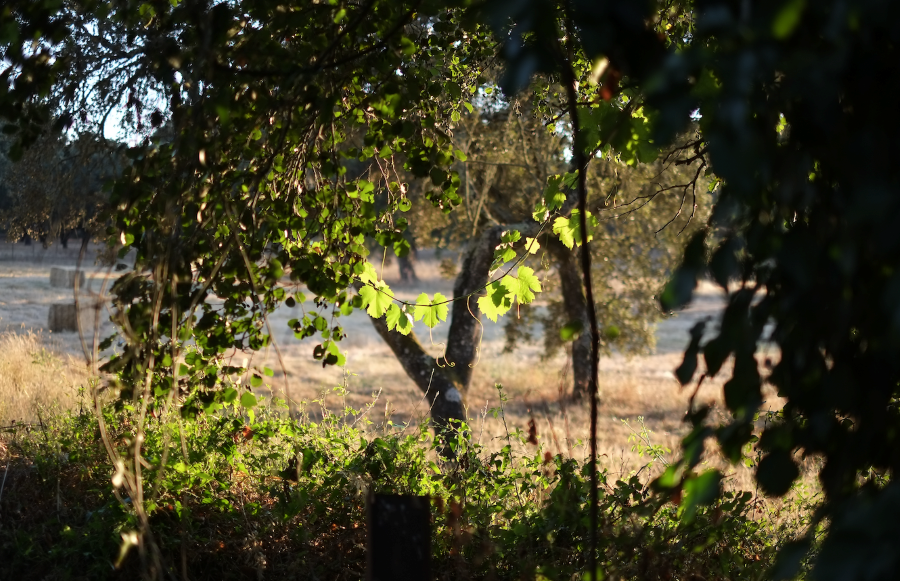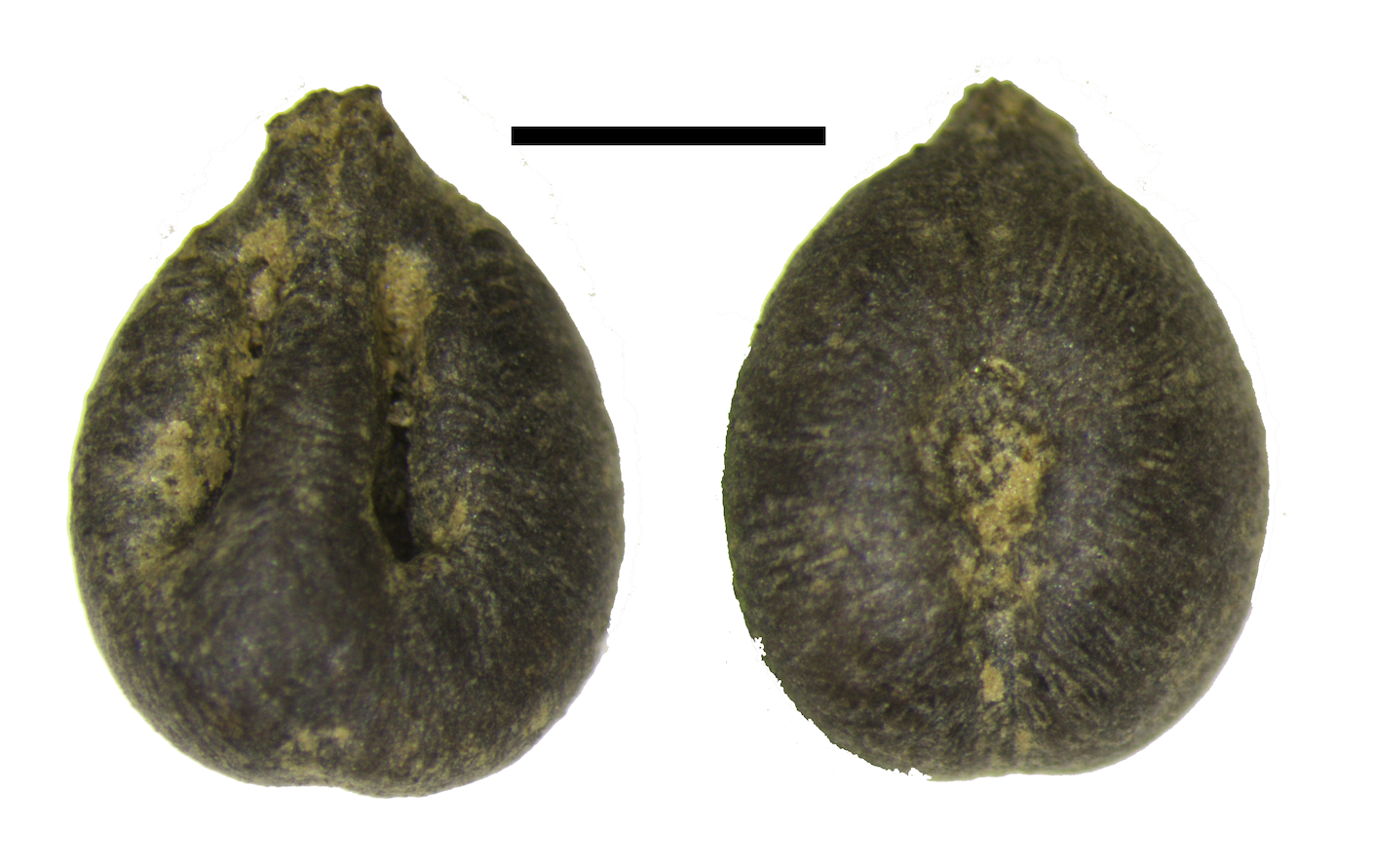
History and crop science converge through genomics and ancient DNA
Plant science, and particularly crop science, always benefited from the historical contextualization of their scientific findings. This cross-disciplinary interchange has been important to trace back the parallel evolution of man and plants, particularly with regards to domesticated crops. Recent technical breakthroughs in the biological sciences field are prompting an even greater potential for history and biology crosstalk. Here, I highlight these innovations and discuss the avenues for the coexistence of these two disciplines, using the domestication of grapevine to showcase this recent progress.
The present century witnessed a revolution in our capacity to conduct biological research. Such progress resulted from the parallel development of technical solutions that massively increased our capacity to detect biological molecules, often over multiple orders of magnitude. These technical achievements gave rise to the omics subdisciplines, i.e. the massive study of proteins is termed proteomics, the massive characterization of gene transcripts is called transcriptomics, etc. Genomics reflects our capacity to look at genomes by generating large amounts of DNA sequence. The impact of these developments can be measured by an increased depth and precision of scientific findings, or even the appearance of new subdisciplines (e.g. metagenomics), as well as the capacity to formulate hypotheses from previously unforeseen angles.
Probably, the most impacting progress was the development of platforms to massively sequence DNA, the information building block of life. These platforms are collectively referred to as Next Generation Sequencing (NGS) technologies. To provide some context, the construction of the first full genome models for humans and the model plant Arabidopsis thaliana took expensive multiple-year programs. Today, with NGS, the DNA sequence equivalent of dozens of these genomes can be produced in a couple of days. In grapevine, the first model genome sequence was produced in 2007. Since then, several new complete genomes have been produced, and the genomes of hundreds of varieties have been re-sequenced.
In crop science, genomics has had a profound effect on the study of crop domestication history. Plant domestication can be defined as the mechanism through which the genetic modification of wild species adjusts their traits/phenotypes according to human needs. For most crops, this event took place between 12,000 and 3,000 years ago (ya). They correlated with the shift from hunter-gatherer to agrarian societies and took place at different timings throughout the world. These practices significantly modified crop genomes. As such, fingerprints of these past events are present in the DNA of modern samples. Genomics, by looking at the properties of the whole genome rather than small segments of the same, has brought unprecedented range to these analyses. Genomics can be used to 1) understand domestication history over multiple periods and geographies, 2) enable strategies to detect the genetic basis underpinning domestication traits, i.e. how genomes and genes evolved through selection to develop plant traits associated with domestication.
Wild grapevine growing naturally in Southern Portugal
Source: Herlander Azevedo (CIBIO-InBIO, University of Porto)
A longer grapevine domestication history
Like many crops, grapevine domestic history is currently being studied from a genomics perspective. Grapevine is traditionally associated with a focal domestication event in the Transcaucasian region. This assumption has been achieved by looking at plant morphology and nucleotide diversity, in conjunction with the earliest archaeological evidence that matches it to the South Caucasus, 8000 ya. However, genomics data suggests a domestication history lasting longer than expected, in which domesticated and wild grapevine subspecies started diverging at least 22,000 ya. Much like in other crops, genomics suggests the presence of complex domestication patterns, and current efforts are being conducted to look at the presence of multiple independent domestication events, or the presence and impact of post-domestication hybridization of grapevine domesticated varieties with local wild relatives. Similarly, genomics studies are looking at the domestication genes that were responsible for the phenotypic differences between wild and domesticated grapevine, which favoured changes in flower and seed morphology, berry and bunch size, and a higher berry sugar content.
Of significance, genomics and NGS have had the capacity to powerfully impact disciplines such as history and archaeology, through the emergence of paleo/archaeogenomics. Here, DNA from ancient archaeological and herbarium samples is retrieved and sequenced in NGS platforms. These strategies allow us to trace back in time the impact of specific events of crop history in an unprecedentedly powerful way. Progress in the use of ancient DNA (aDNA) in grapevine has been driven by the extraction of aDNA from grape pips, as well as the development of the bioinformatics strategies required for processing and matching aDNA with modern DNA. Here is an interesting example. The establishment of the concept variety/cultivar/casta, which is typical of grapevine, does not allow for sexual reproduction, favoring clonal/vegetative propagation of the same variety. This practice can be traced back to Roman times. To highlight the power of aDNA analysis, a recent study found a clonal match between a sample of aDNA of French medieval grape pips, and DNA of a modern variety, providing support for 900 years of uninterrupted vegetative propagation. This degree of precision, timing a specific historical event or practice with a genetic/genomic fingerprint, is massively interesting for both disciplines.
Archaeological grape pips from a Portuguese site
Source: João Tereso (CIBIO-InBIO, University of Porto)
Portuguese grapevine: a history-biology interface
There are multiple opportunities for a successful interface between history and biology when looking at grapevine and Portuguese grapevine resources in particular. Expansion of human activity led to thousands of grapevine varieties with extensive phenotypic diversity. During Roman times, the wine was a differentiation element, and its use subsequently expanded, reaching China through the silk road. Still, it was after the 15th century that vine cultivation spread significantly outside Eurasia. During the Portuguese expansion, the wine was taken aboard ships for consumption, trade and use in rituals – wine was an essential element in Christian rituals, and took part in evangelization efforts. As such, during its Atlantic expansion, Portugal made several attempts to establish vineyards in the overseas dominions. Still, globalization via expansion of the Iberian Empires was not without harm: Portugal and other countries later faced huge negative impacts with the import of Phylloxera and other non-native pathogens. This ultimately led to the near collapse of the whole European viticulture and its economy, resulting in a massive loss of vineyards and wide genetic erosion, the extent of which is yet to be fully understood.
Portugal has one of the largest grapevine germplasm reservoirs in the world, including highly unique varieties. This richness results from a complex domestication history over multiple historical periods. Clues to these and other historical events are now held in grapevine DNA. The aforementioned technological breakthroughs in DNA sampling and sequencing are revolutionizing our capacity to understand biodiversity from modern (genomics) and ancient (paleo/archaeogenomics) points of view. These approaches should be used in the future to uncover the uniqueness of Portuguese grapevine varieties, empowering their commercial exploitation, and to use that knowledge to document the past influence and present significance of Portuguese grapevine genetic resources.
Herlander Azevedo is a plant biology researcher working at the University of Porto’s CIBIO-InBIO (Research Network in Biodiversity and Evolutionary Biology). He has a long-standing interest in plant molecular biology, with work that ranges from the uncovering of new gene functions (functional biology) to the exploitation of transcriptomics and genomics information to understand evolution, plant physiology, and the nature of genes.



0 Comments